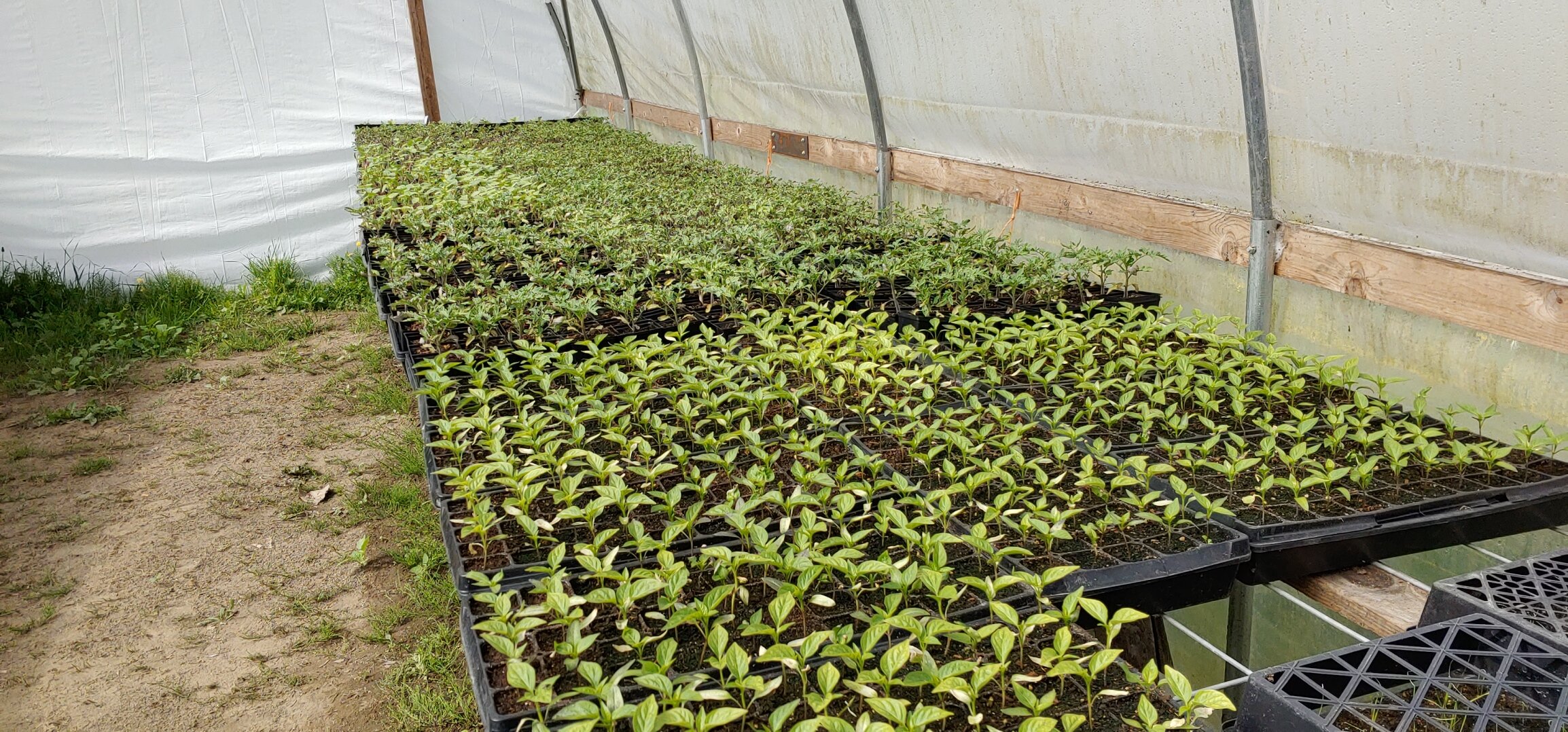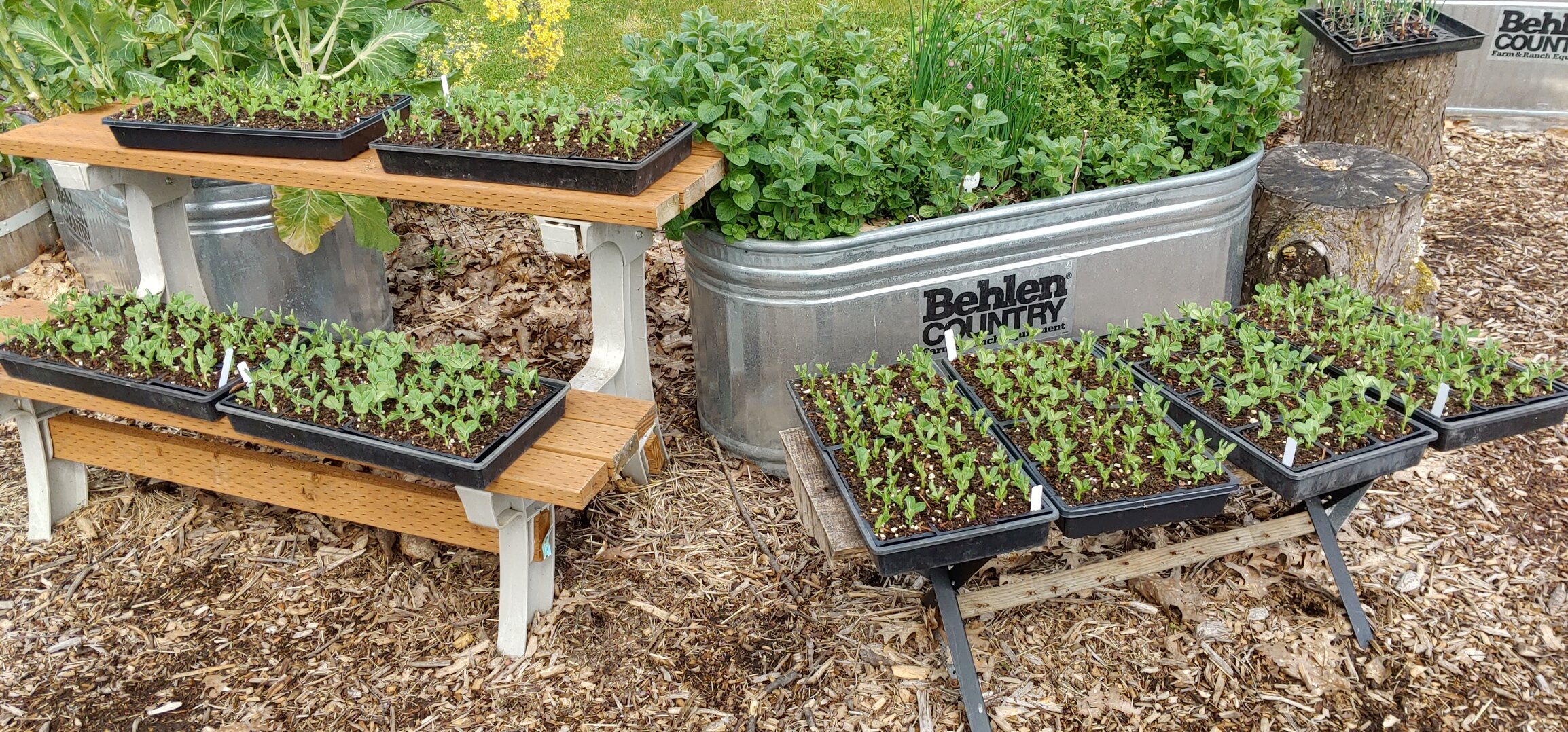Springing into May with the Food Bank Farm
/Spring has sprung! We’re continuing to work with partner organizations like the Food Bank Farm to reduce food insecurity in the region by distributing vegetable starts, one of the resources we provide to garden sites that grow food for food banks.
We’ve been working with the Food Bank Farm for the last few years, and the potting soil of these vegetable starts is nourished with compost made with manure, ground Douglas-fir bark, and spent dairy fiber from the Werkhoven Dairy anaerobic digester located nearby. This is a great example of sustainable, locally-sourced compost!
Thank you Food Bank Farm for your incredible contributions to the community!
If you are interested in creating a community garden space in Snohomish County, please reach out to us for a free site visit and we'll help you get started! If you would like to apply for our Lawns to Lettuce cost share program and your site is in Snohomish County, feel free to apply on our page.
What’s An Anaerobic Digester?
An anaerobic digester is used to manage nutrients and break down cow waste. It helps power the farm from the methane produced, and the liquid is stored and put back onto fields during the growing season at agronomic rates. What’s left over is a fluffy mixture called spent dairy fiber that’s perfect for potting soil used to grow vegetable starts.
Instead of Peat Moss, Try Something Sustainable
It might be tempting to use peat moss, but try to avoid it! Peat bogs regenerate peat at a much slower rate than the rate at which it’s harvested. To learn more about how to make your own compost, read our Composting Basics.
A common peat moss alternative is coco peat, sometimes referred to as coco coir. While it's more sustainable than peat moss, it has to be imported far distances from where coconuts are grown and is therefore less sustainable than the spent dairy fiber and ground Douglas-fir bark sourced locally. If coco peat is your best option, then it must be soaked in a bucket of water to break down before it can be mixed into your potting soil.
This story was originally featured in our Lawns to Lettuce e-news. If you’re interested in monthly highlights and tips on gardening, as well as detailed guides on what to plant for the season, make sure you subscribe to our e-news!




